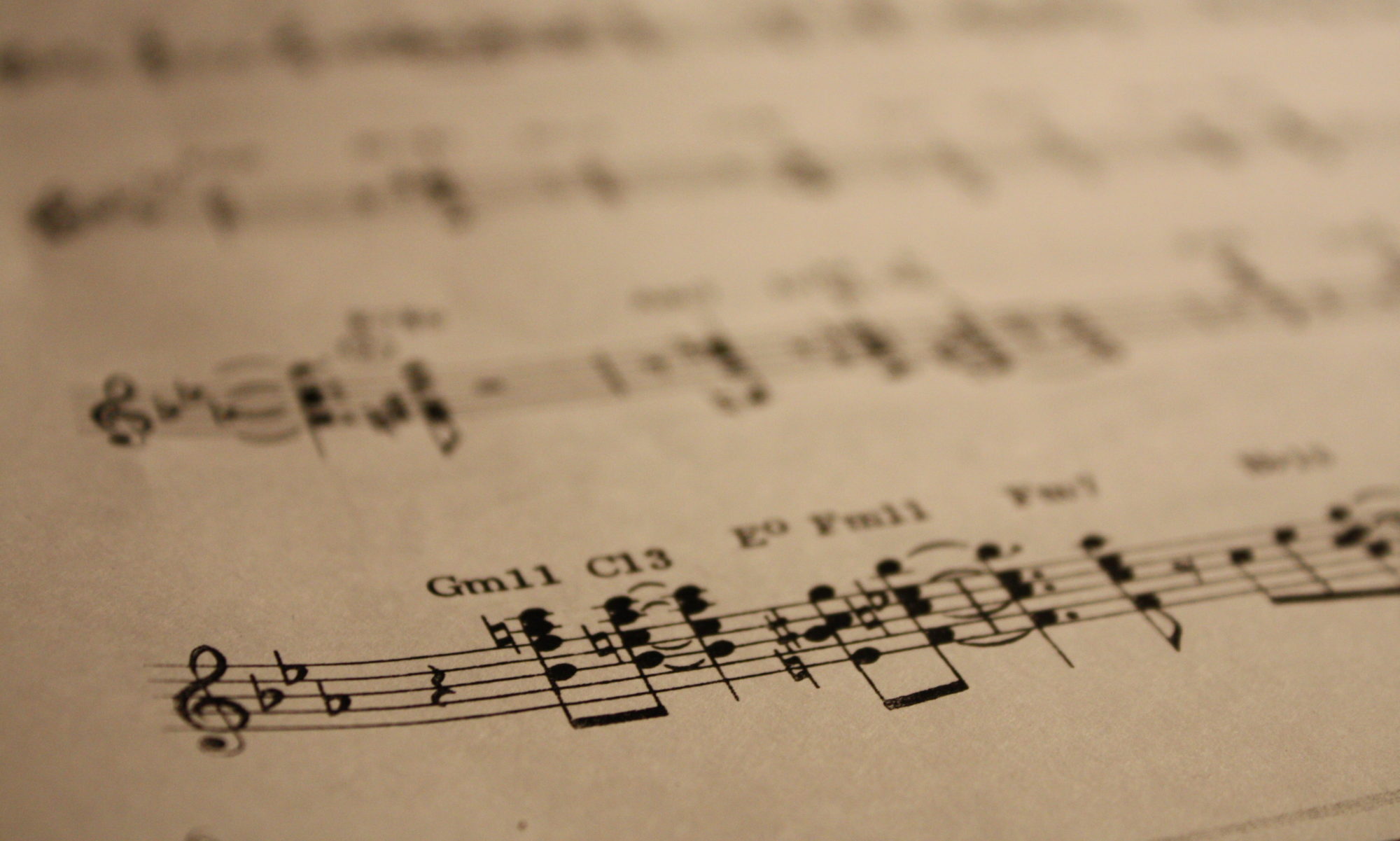It… is… done! I can hardly believe it! [Insert tears of joy here.]
OK, so you may be wondering what all the fuss is about. Allow me to explain.
I actually started working on this website during the summer of 2017, after I found myself unemployed. Later, I was able to find part-time work as a teacher (although how on earth is thirty-nine piano students considered part-time work is beyond me), which is why this project was set aside for a while. But starting my own business, however modest, was an idea that I had been toying with since that period when I suddenly found myself jobless for the first time in my life. Having acquired plenty of experience engraving music for the Puerto Rico Conservatory of Music’s digitization project during my years working as an assistant librarian at the Amaury Veray Library, I felt confident enough to take on the challenge of setting out on my own. Besides, I was starting to feel rather useless after a couple of months of fruitless job hunting!
While researching websites of other music engravers, I noticed that it wasn’t always easy to get good information—or information, period—about this particular craft. I also started to think about how I could set myself apart from the crowd. That’s when I thought, “Gee, almost nobody blogs about music engraving.” And so, this blog section was born.
I will be posting short posts once a month about what exactly is music engraving, how it has evolved over time, the software engravers use, the occasional post about freelancing, reviewing books and resources that are useful to this kind work, and anything else that I feel could be interesting to readers.
Oh, and I don’t want to finish without a big shout-out to the awesome Jennifer Ortiz for helping me get rid of some really stubborn social media icons that came with the WordPress theme of this site, which were a pain to get rid of. (It turned out to be very easy, once we knew where to look.) Thank you, you’re the best!



